
A detergent is a surfactant or a mixture of surfactants with cleansing properties when in dilute solutions. There are a large variety of detergents, a common family being the alkylbenzene sulfonates, which are soap-like compounds that are more soluble in hard water, because the polar sulfonate is less likely than the polar carboxylate to bind to calcium and other ions found in hard water.

Swarfega is a brand of heavy-duty hand cleaner made by Deb Limited, a British company based in Denby, Derbyshire. It is used in engineering, construction, and other manual trades, such as printing.

Tide is an American brand of laundry detergent manufactured and marketed by Procter & Gamble. Introduced in 1946, it is the highest-selling detergent brand in the world, with an estimated 14.3 percent of the global market.

Spic and Span is a brand of all-purpose household cleaner marketed by KIK Custom Products Inc. for home consumer use and by Procter & Gamble for professional (non-home-consumer) use.

Persil is a German brand of laundry detergent manufactured and marketed by Henkel around the world except in the United Kingdom, Ireland, France, Latin America, China, Australia and New Zealand, where it is manufactured and marketed by Unilever. Persil was introduced in 1907 by Henkel. It was the first commercially available laundry detergent that combined bleach with the detergent. The name was derived from two of its original ingredients, sodium perborate and sodium silicate.
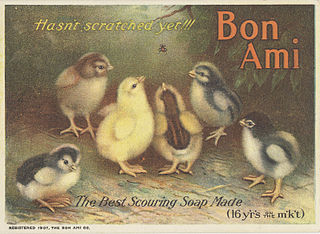
Bon Ami is an American scouring powder brand sold by the Bon Ami Company of Kansas City, Missouri. Since its inception in the late 19th century, the brand's advertising campaigns have gained particular notice.
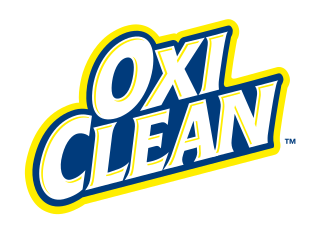
OxiClean is an American brand of household cleaners, including OxiClean Versatile Stain Remover, which is a laundry additive, spot stain remover, and household cleaner marketed by Church & Dwight. It was formerly owned by Orange Glo International from its introduction in 1997 until it was acquired in 2006.
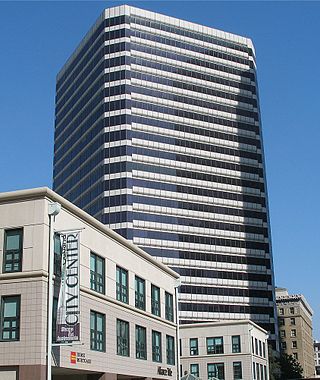
The Clorox Company is an American multinational manufacturer and marketer of consumer and professional products. As of 2024, the Oakland, California-based company had approximately 8,000 employees worldwide. Net sales for the 2024 fiscal year were US$7.1 billion. Ranked annually since 2000, Clorox was named number 474 on Fortune magazine's 2020 Fortune 500 list.
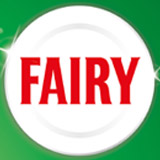
Fairy is an international brand, primarily used for washing up liquid and dishwasher detergent, owned by the American multinational consumer products company, Procter & Gamble. The brand originated in the United Kingdom in 1898 and is now used on a number of P&G products in various markets.

Henkel AG & Co. KGaA, commonly known as Henkel, is a German multinational chemical and consumer goods company headquartered in Düsseldorf, Germany. Founded in 1876, the DAX company is organized into two globally operating business units and is known for brands such as Loctite, Persil, Fa, Pritt, Dial and Purex.

Ajax is an American brand of household cleaning products and detergents made by Colgate-Palmolive and Awesome Products Inc.
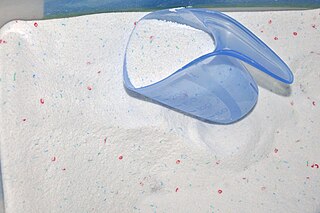
Laundry detergent is a type of detergent used for cleaning dirty laundry (clothes). Laundry detergent is manufactured in powder and liquid form.

Henkel Corporation, doing business as Henkel North American Consumer Goods and formerly The Dial Corporation, is an American company based in Stamford, Connecticut. It is a manufacturer of personal care and household cleaning products and is a subsidiary of multinational company Henkel AG & Co. KGaA.
Pine-Sol is a registered trade name of the Clorox Company for a line of household cleaning products, used to clean grease and heavy soil stains. Pine-Sol was based on pine oil when it was created in 1929 and during its rise to national popularity in the 1950s. By 2016, Pine-Sol products sold in stores no longer contained pine oil, which was done to reduce costs. The old Pine-oil containing formula is sometimes available online only.

Noxzema is an American brand of skin cleanser marketed by Elida Beauty. Since 1914, it was sold in a small cobalt blue jar; but is now sold in a blue plastic jar. Noxzema contains camphor, menthol, phenol and eucalyptus, among other ingredients. Originally developed as a sunburn remedy, it is a type of cold cream or vanishing cream which is used as a facial cleanser and make-up remover.
Noxell Corporation, formerly known as the Noxzema Chemical Company, was a Maryland-based company that made household products. Its best known brands were Noxzema and CoverGirl. In 2016, it became a subsidiary of The Procter & Gamble Company.
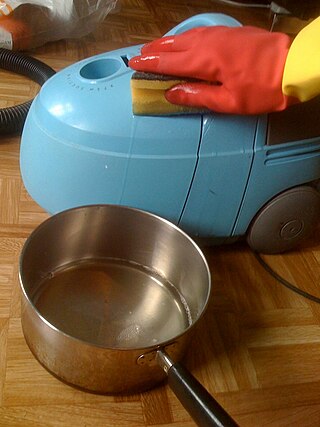
Cleaning agents or hard-surface cleaners are substances used to remove dirt, including dust, stains, foul odors, and clutter on surfaces. Purposes of cleaning agents include health, beauty, removing offensive odors, and avoiding the spread of dirt and contaminants to oneself and others. Some cleaning agents can kill bacteria and clean at the same time. Others, called degreasers, contain organic solvents to help dissolve oils and fats.

Dawn is an American brand of dishwashing liquid owned by Procter & Gamble. Introduced in 1973, it is the best-selling brand of dishwashing liquid in the United States. Besides being used for dishwashing purposes, Dawn products are also used to remove grease from other items, such as animal fat spilled onto highways, and oil on animals, such as during the Exxon Valdez and Deepwater Horizon oil spills.


















